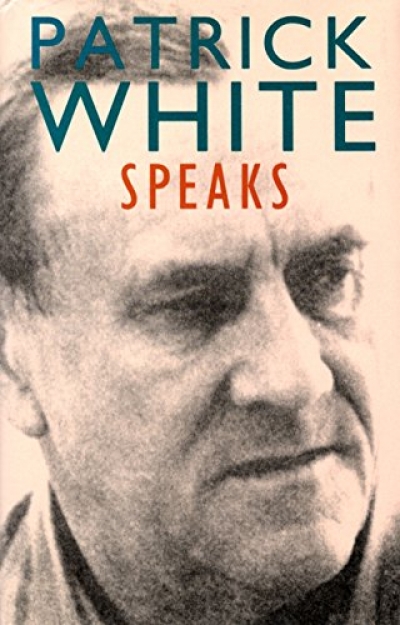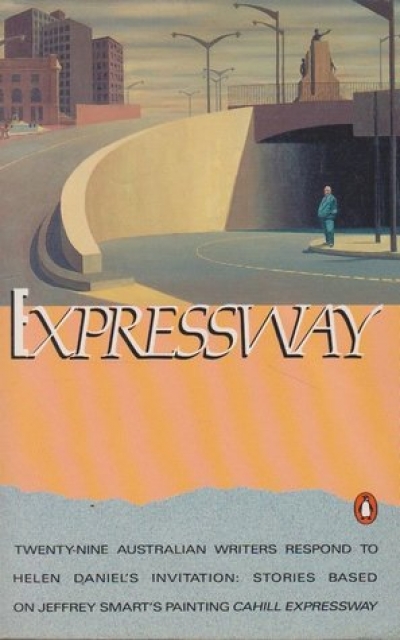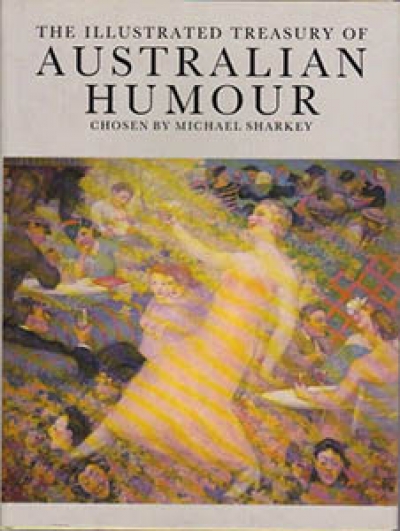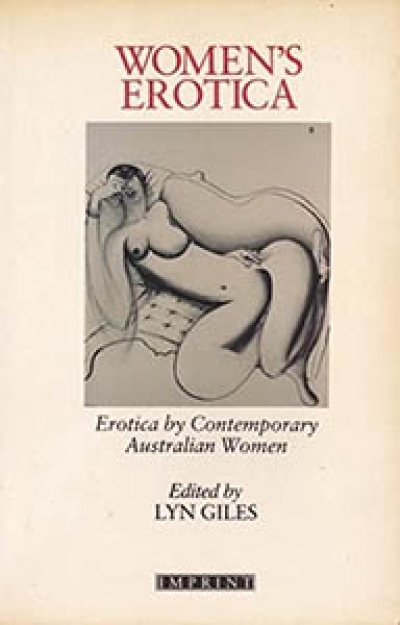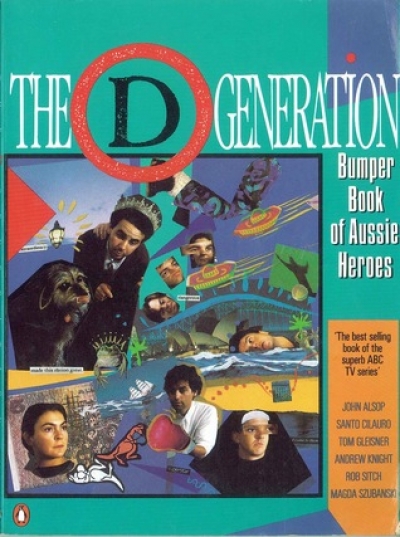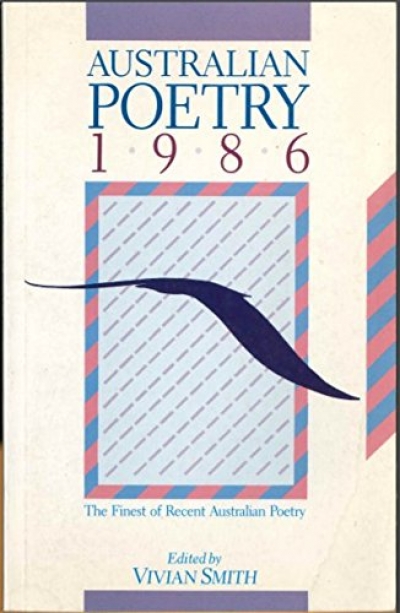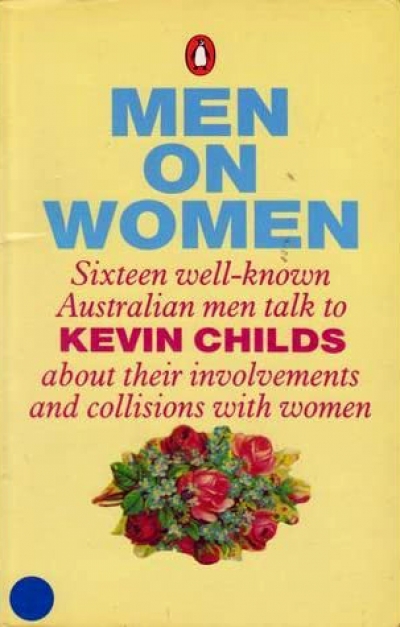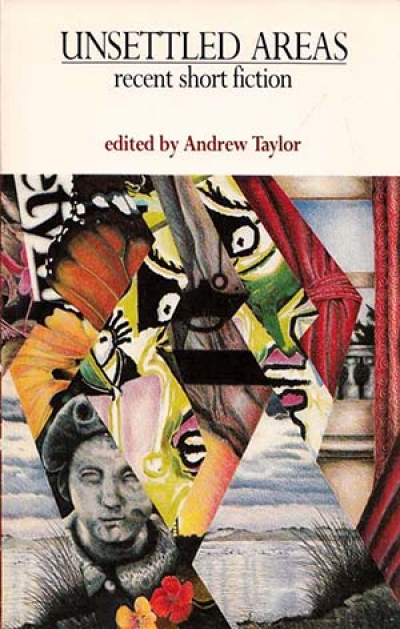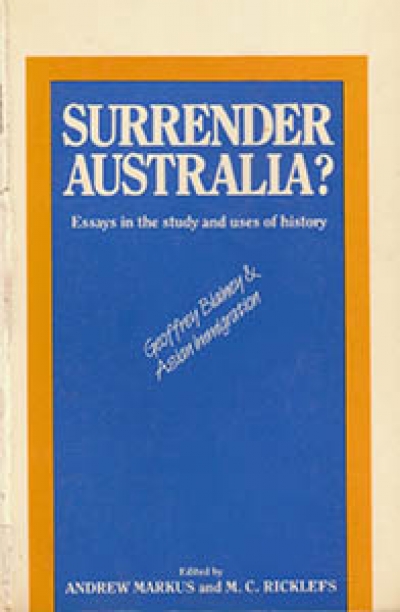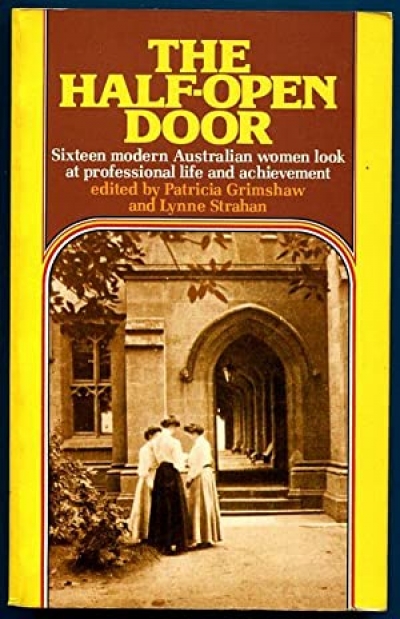Anthology
Patrick White Speaks edited by Christine Flynn and Paul Brennan
by Paul Carter •
The Illustrated Treasury of Australian Humour edited by Michael Sharkey
by Patrick Cook •
Women’s Erotica: Erotica by contemporary Australian women edited by Lyn Giles
The D Generation Bumper Book of Aussie Heroes by John Alsop, Santo Cilauro, Tom Gleisner, Andrew Knight, Rob Sitch, and Magda Szubanski
by Barry Dickens •
Unsettled Areas: Recent South Australian short fiction edited by Andrew Taylor
by Sandra Moore •
Surrender Australia?: Essays in the study and uses of Australian history edited by Andrew Markus and M.C. Ricklefs
by James Jupp •

